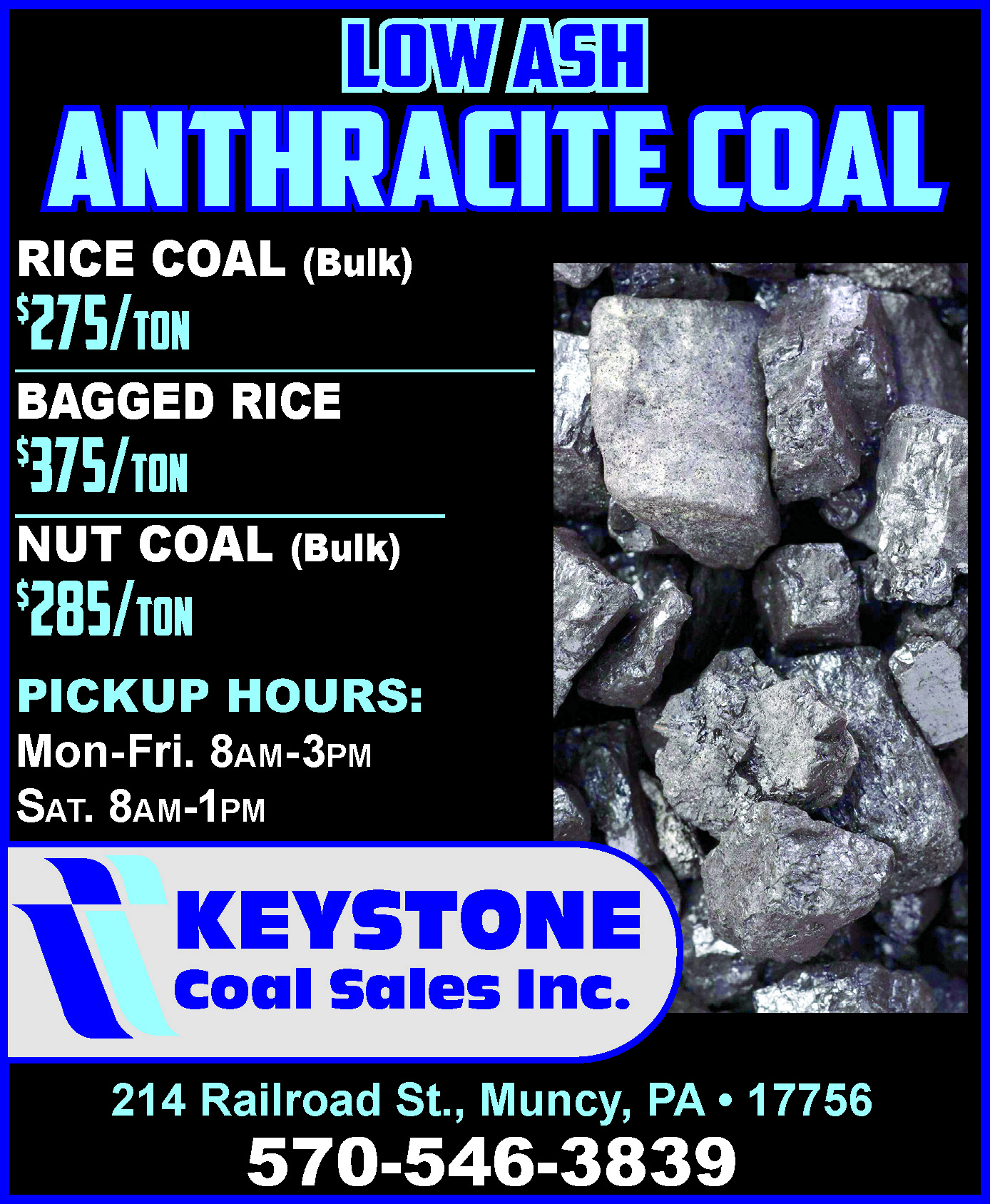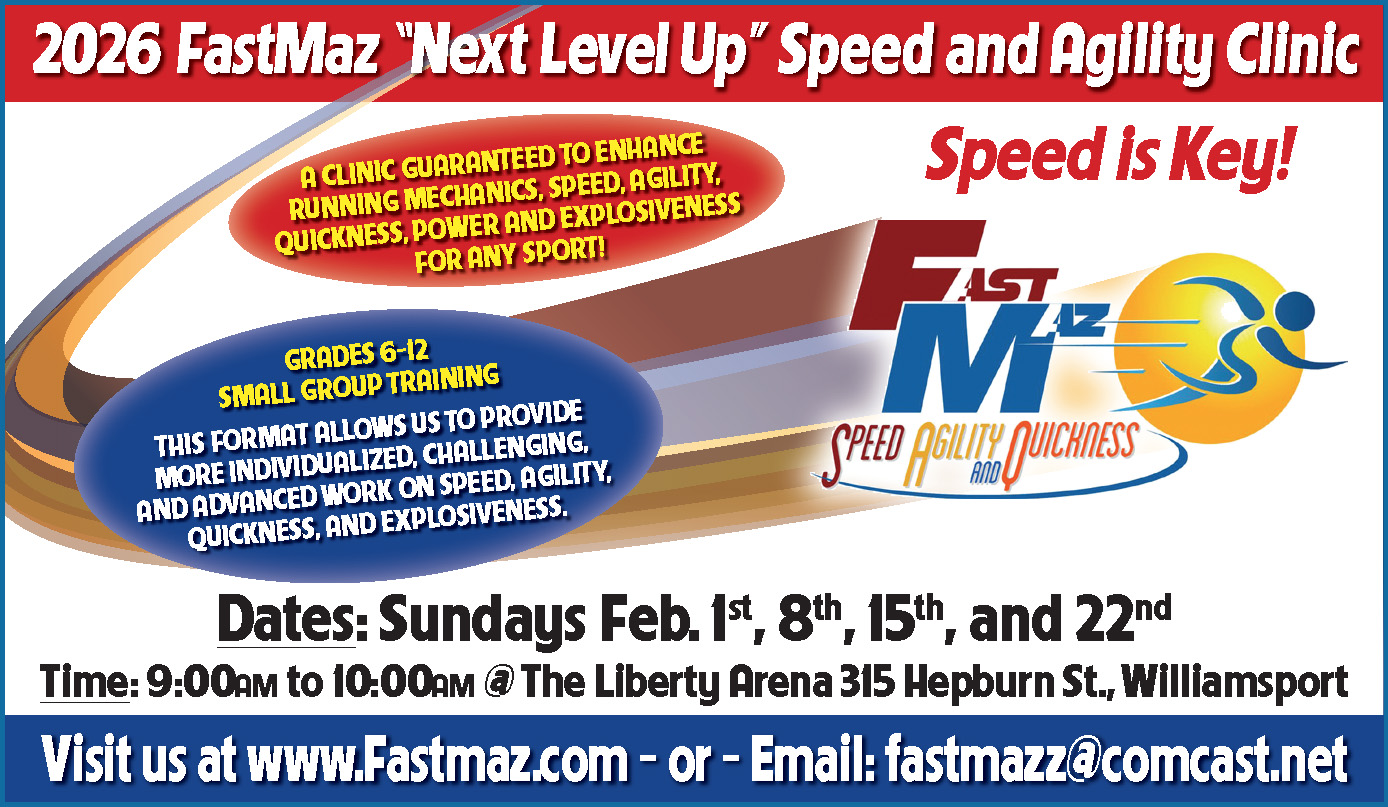Over the past couple of years, it seems like more people have hit me with the question, ” I want to get into fishing, so what equipment should I buy?” Well, it would take me a year of columns to answer that question, and I’m not sure that would still be enough. What I can do is offer some hints on getting started, and one of the first things I would do is get with somebody who knows what they are doing and pick their brains a bit and maybe even join them on some fishing excursions. Fishing actually covers a very broad spectrum with a variety of species and a variety of fishing techniques and equipment.
Now me? I’m a great believer in pursuing a wide variety of fish species using an equally wide variety of techniques and equipment, but it’s taken me years to learn all that. One of the main reasons I like the wide range of pursuits is I like to catch fish, and the more different techniques, equipment, and species I pursue, the more often I will be successful. However, when you are just starting, you may want to keep it simple. Ask yourself some simple questions; Is it trout on a quiet mountain stream you are interested in, or would you be happier sitting in a boat catching largemouth bass at the edge of a weed bed?
Once you have determined where to start, it’s time to look at all the equipment possibilities.
The fishing rod and reel are the most important items when just getting started. Here again, it’s not that simple so let’s try to break it down and analyze it a bit.
Basically, there are three different types of outfits to utilize when freshwater fishing — an open-faced spinning reel and a matching rod, a bait-casting outfit, and fly-fishing gear.
The open-face spinning gear is probably the most widely used equipment. For good reason — it’s fairly simple to learn and use, and it presents a wide variety of lures and baits to a variety of fish in several circumstances.
Many fishermen shy away from using bait-casting equipment — true, it is a bit more difficult to learn to cast and control, but at the same time, it can be superior to other types of rods and reels in certain situations. Generally, bait-casting outfits are used when pursuing heavier fish and working in weeds and other cover where the added strength and weight are a plus.
At the same time, there are a lot of fishermen who shy away from fly fishing. Here again, it’s a bit more difficult to learn; clearly, some practice is essential. Still, the flyrod approach also brings up a host of other beneficial possibilities, especially when it comes to trout fishing. No mistaking, though; it can also be very effective for bass and other warm water fish.
If you are just getting into the world of fishing, it might be best to start out with that open-faced spinning gear, but now, let’s go a step further.
Next, you want to consider what fish you are after and under what circumstances. In other words, if you are going after trout on a small stream, you want an outfit that is geared for small stream fishing. If you are going after bass, pike, and muskies, you want to go with heavier, stiffer rods and reels capable of utilizing heavier line. In other words, once you decide on the rod and reel, the next thing is to gear it to the size of fish you are pursuing and the type of water you plan to fish.
If I’m after crappies, I’m using an ultralight spinning outfit geared with a four-pound test line and small lures. With that outfit, I can easily feel every little hit from a fish 20 feet down. I’ve seen people using much heavier equipment, and their catch rate was very low, no doubt due to the heavier, less forgiving equipment.
Generally, a good all-around start would be a medium-action spinning rod and matching reel capable of utilizing a six- to eight-pound line. This will cover a wide range of fishing situations.
Now once you get set up with your own rod and reel, just borrow stuff out of your fishing buddy’s tackle box until you figure out what lures you need to purchase.



